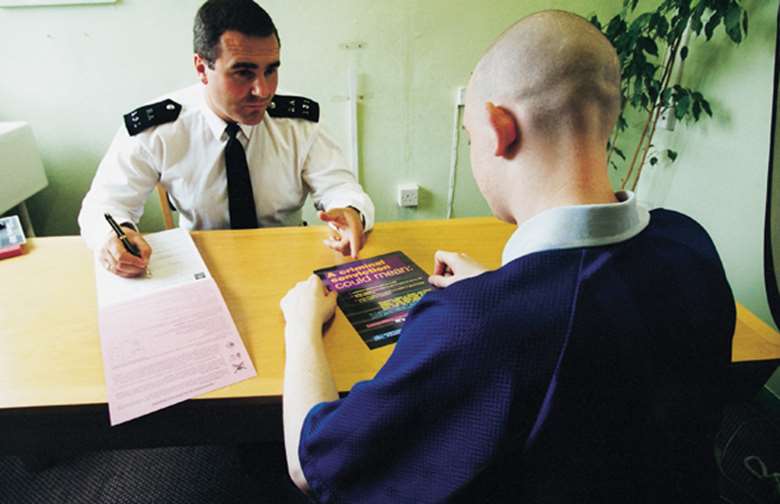Youth offending team cuts could undo a decade of prevention gains
Howard Williamson
Tuesday, November 24, 2015

News of the level of “in-year” cuts made by youth offending teams sends a shiver down the spine. All the development of prevention programmes over the past 12 years could end up counting for nothing. In fact, it will count for something – because the numbers propelled into the system will start to increase once again.
The pace and progress in youth crime prevention has been a careful and calculated set of developments, treading a path between the provision of genuine structures of support while avoiding accusations of going soft on crime. After all, throughout much of the 1990s, the media had already had a field day in relation to “bail bandits” and “repeat cautioning”.
At the turn of the millennium, we on the Youth Justice Board (YJB) had to argue for robust measures that would slow the flow of young people into the youth justice system – and ultimately, if they persisted in their offending, into custody – while holding them to account for their behaviour and exposing them to possibilities that might divert them from further offending.
Many ideas never got off the ground. One plan dismissed by risk-averse and media-sensitive ministers was the use of seized assets from drugs crime to fund college bursaries for young offenders who seemed to have turned a corner, despite what we considered our clever mantra about turning the problem into a solution. There was paranoia in Whitehall and Westminster that one young adult who had earlier been supported in that way might end up spending the money on drugs. Of course that was always a possibility.
But other ideas were talked through, tested and tried quite successfully, despite inevitable hiccups. A significant pot of money was diverted from the Children’s Fund, or “reconfigured” for youth justice, to support Youth Inclusion and Support Panels – assessing children and young people at prospective risk of offending and extending offers of constructive activities and support. This was not the criminalisation of social welfare, but the welfarisation of criminality. We were seeking to give opportunities to young people at risk who hitherto were getting no attention until they were formally inside the youth justice process.
Deals were done with the police to strengthen links with education, with dedicated officers allocated to schools that had a poor track record of discipline, bullying, extortion and aggression.
At the sharper end, youth inclusion programmes sought to provide additional intensive support for more prolific and persistent young offenders, with the objective of turning them in a more positive direction. And, controversially, programmes for parents were established. These were voluntary, but could also be required by order of the court, but their rationale derived from widespread evidence of the anxieties held by so many parents about not knowing of effective ways for controlling, regulating and mediating the wayward attitudes and behaviour of their teenage kids. Most parents relished the opportunity to garner new ideas.
And so, over the next decade, the numbers presenting as first-time entrants to the youth justice system in England and Wales had fallen dramatically. The numbers moving through the system has, as a result, also declined, to the point where the numbers in custody have dropped by almost two-thirds. Cause and effect is always difficult to discern, certainly not conclusively, but few are in much doubt that the prevention initiatives of the YJB, carried out by youth offending services, have played a part.
Prevention has become embedded in the policy and practice of the YJB; and early intervention remains a key rhetorical device of contemporary government. People are often amazed when they discover there was no explicit preventative plan before the turn of the millennium.
When I took over, in 2003, as chair of the very new Prevention Committee from Sir Charles Pollard, I renamed the sub-committee of the YJB the Youth Crime Prevention and Inclusion Committee. We had no budget, but we had a vision – to slow down the entry and progression of young people within the youth justice system and to enhance the possibilities for those at risk outside it.
The budget followed and increased and was consolidated, at least until the economic crisis of 2008 and the inauguration of a new government in 2010. Few have disputed the value – better lives for young people and the considerable savings to the public purse – of the measures that have been put in place.
It would be a dreadful political miscalculation to undermine them now.
Howard Williamson is professor of European youth policy at the University of South Wales




